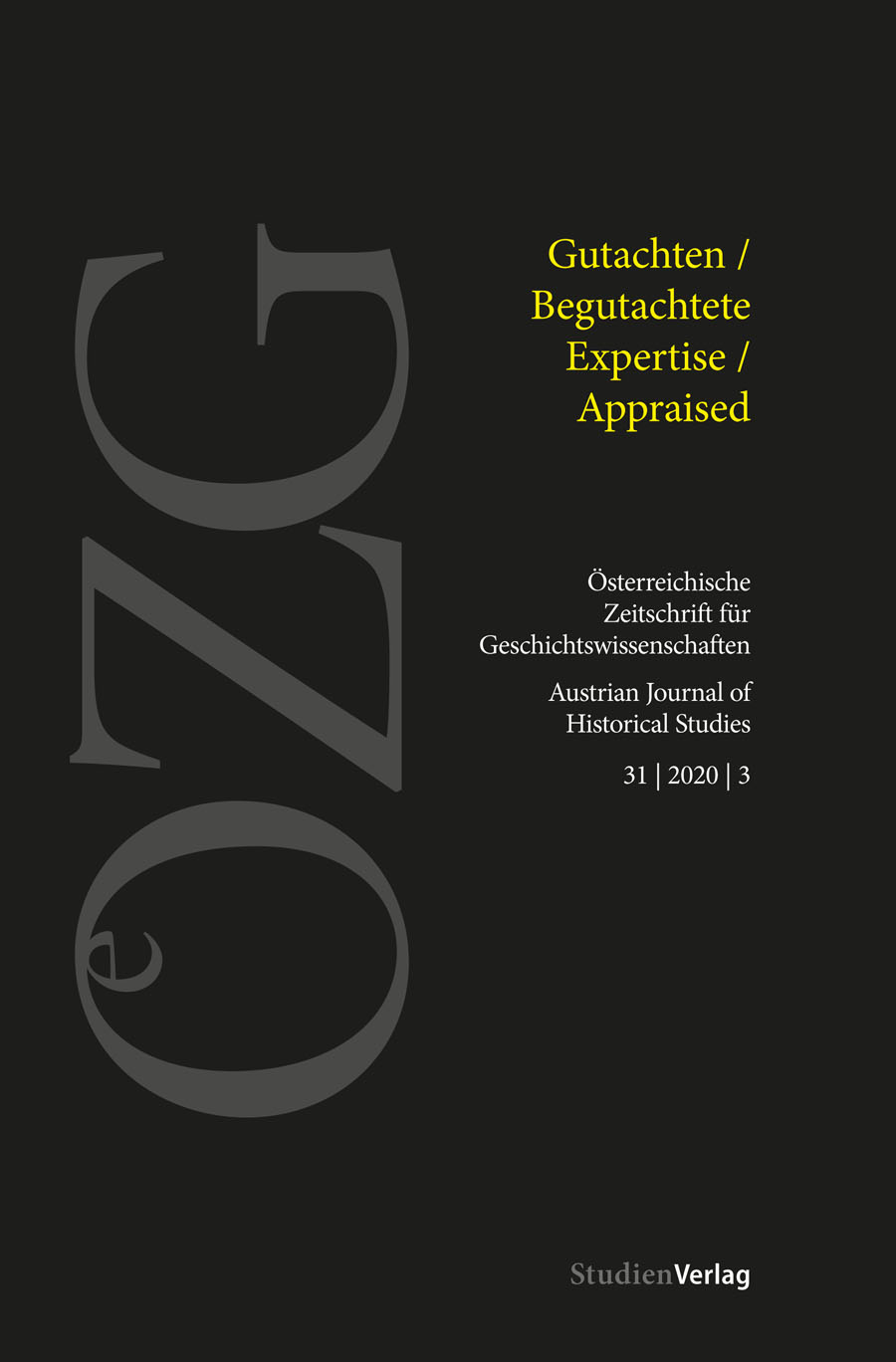Princely Bodies and their Capacity of Procreation:
Forms of Bodily Assessments in the Context of Dynastic Marriage Politics (Fifteenth and Sixteenth Centuries)
DOI:
https://doi.org/10.25365/oezg-2020-31-3-3Keywords:
history of medicine, human reproduction, court studies, dynastic marriages, Gonzaga, Este, health, human body, Renaissance, Italy, ambassadorsAbstract
This paper focuses on conflicts relating to marriage agreementsof the Italian princely houses Gonzaga and Este in the fifteenth and sixteenthcenturies. Oral and written forms of examining princely bodies (Begutachtungsformen)played a vital role in the arrangement of marriages and wereof great importance in divorce cases. The bodies of bride and groom wererendered in portraits and described by various observers as bodily integrityand beauty were seen as a precondition for successful procreation. Oral andwritten bodily assessments (Begutachtungen) of princes and princesses wereconveyed in letters by ambassadors, princes and medical experts. Buildingupon three case studies of the Gonzaga and Este families, this paper shedslight on these early practices of assessment, perspectives of the actors involvedand texts that were written during the reviewing process. We suggest thatin all three assessment cases political arguments were of more importancethan medical ones.
Downloads
Published
How to Cite
Issue
Section
License
Copyright (c) 2020 Austrian Journal of Historical Studies

This work is licensed under a Creative Commons Attribution 4.0 International License.


